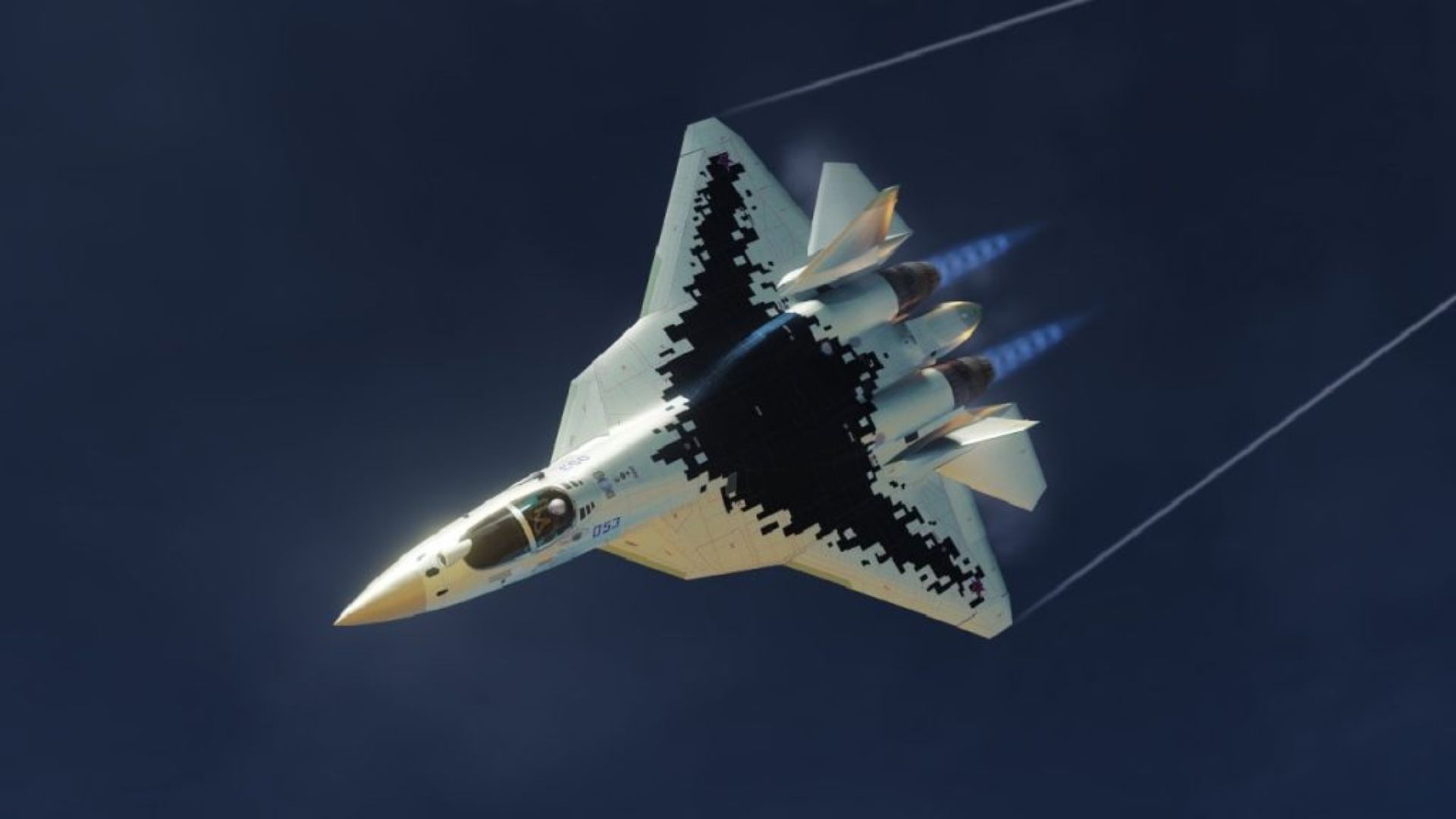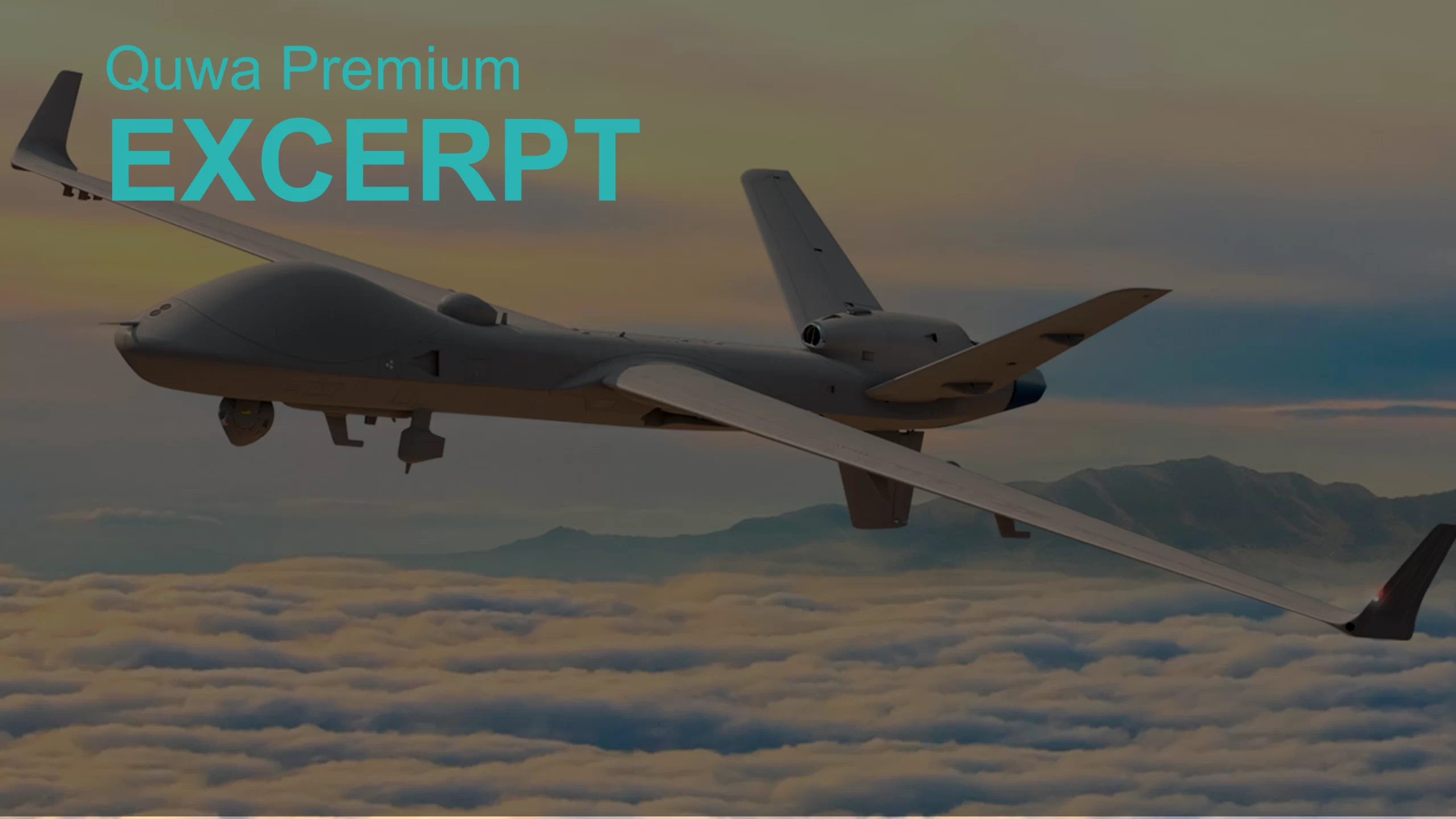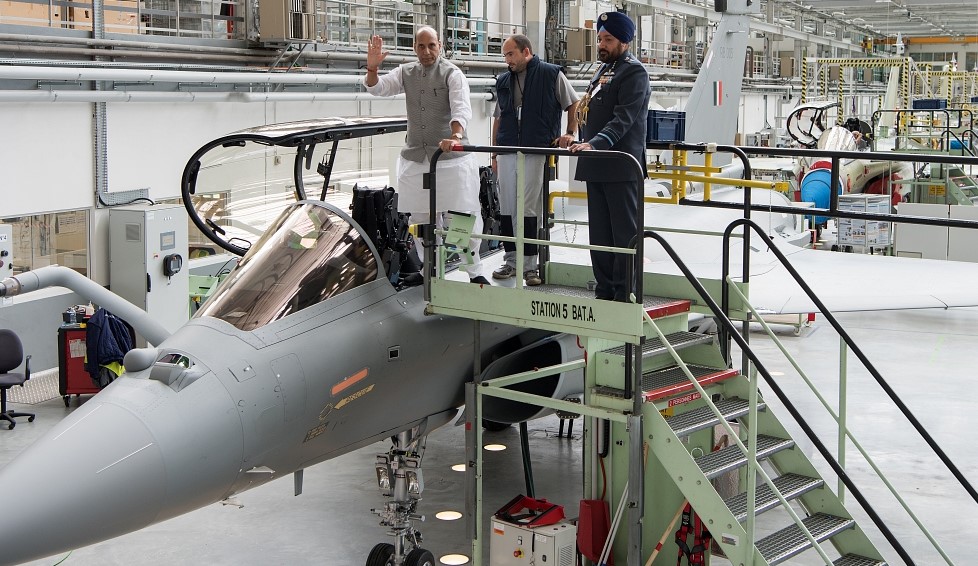11675Views

The F-35 vs. Su-57: Why India is Asking the Wrong Question Quwa Premium
As India accelerates its quest for next-generation fighter aircraft (NGFA) – i.e., planning to spend ₹15,000 crore ($1.8B USD) on its domestic AMCA program and weighing a $20B+ import deal – it is fundamentally misreading the threat.
The obsession with matching Pakistan’s acquisition of the J-35AE stealth fighter is a classic case of strategic myopia: preparing to fight the last war instead of the next one.
The true danger isn’t the J-35AE as a standalone platform. Rather, the real disruption is the large system-of-systems architecture the Pakistan Air Force (PAF) is building around it.
What This Article Explores
- Pakistan’s Gambit: Systems, Not Platforms: For the PAF, the J-35AE’s stealth is just a feature; its real benefit is the package surrounding it. It is creating a networked, offensive package where the NGFA acts as a command-and-control hub for swarms of unmanned combat aerial vehicles (UCAVs) and long-range smart munitions. This creates a scalable, layered, and disproportionate offensive capability.
- India’s Misstep: Chasing a Herring: By focusing on an “interim” stealth fighter like the F-35 or Su-57, Indian planners risk diverting massive resources and attention away from a more effective strategy. The debate is driven more by internal industrial incentives and political pressures than by a clear-eyed assessment of the evolving threat.
- The Counter-Intuitive Solution: The irony is that India likely already possesses the optimal tools to address this threat. The most effective counter isn’t a new, expensive foreign platform. It’s the aggressive, large-scale induction of its existing, proven assets: the indigenous Tejas Mk1A and the French Rafale. By rapidly building a critical mass of these fighters and densifying its ground-based air defence network, the IAF can create a robust defensive screen and retain a powerful offensive punch – without the delays and integration challenges of a new platform.
The Bottom Line: This is not about which plane is better. It is about which strategy is smarter. While India remains fixated on platforms, Pakistan is thinking in systems.
India Invites Bids for AMCA Development and Considers Interim Fighter
On 07 July, the Defence Secretary of India’s Ministry of Defence (MoD), Rajesh Kumar Singh, revealed to CNBC-TV18 that the development contract for India’s next-generation fighter aircraft (NGFA), the Advanced Medium Combat Aircraft (AMCA), will be awarded over the next 3 to 6 months (i.e., from October 2025 to January 2026).
The goal is to deliver a service-ready AMCA to the Indian Air Force (IAF) within 10 years so as to kick off its transition into low-observable (LO) NGFAs. The AMCA is envisaged as a twin-engine LO multirole fighter with a maximum take-off weight (MTOW) of 26,000 kg.
India’s Aeronautical Development Agency (ADA) undertook the preliminary development work, during which it froze the AMCA’s design and specifications. Now, the Indian MoD is requesting bids from multiple aerospace organizations from within India to undertake the rest of the AMCA’s development. The current budget for development is ₹15,000 crore – or about $1.8 billion USD.
If development proceeds as planned, the first AMCA prototypes could potentially be flying as early as 2028 or 2029. Certainly, it is an aggressive timeline, but the IAF and MoD also seem to have their eyes on a potential interim option to accelerate the next-gen shift.
One big factor for this move is the Pakistan Air Force’s (PAF) apparent program to procure the Shenyang J-35AE in the coming years as well as China’s rapidly expanding fleet of fifth- as well as sixth-generation fighter aircraft (6GFA), like the Chengdu J-36 and Shenyang J-XX.
What Are India’s Interim Options? Su-57E and F-35?
Observers have generally identified the United Aircraft Corporation (UAC) Su-57E and Lockheed Martin F-35 from Russia and the United States, respectively, as India’s main options for interim fifth-generation fighter aircraft (FGFA).
End of excerpt (612/2,324 words).
Existing Quwa Plus members can log in below
Note: Logged in members may need to refresh the article page to see the article.


